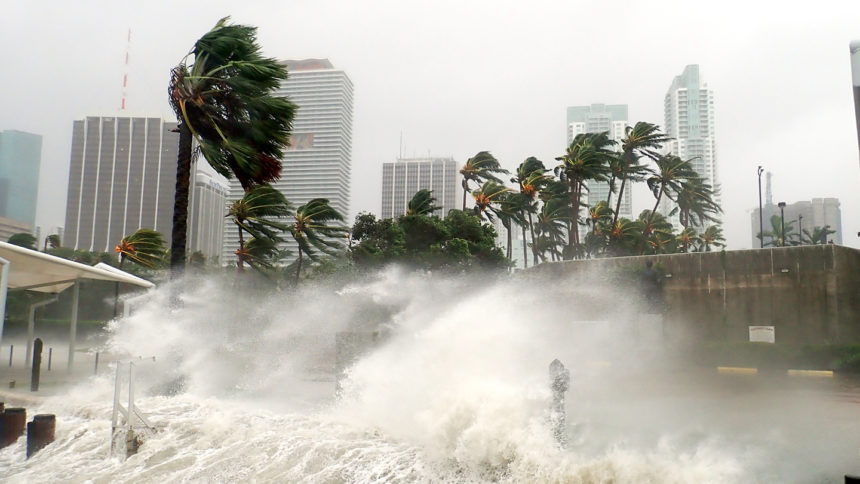
Industry leaders expect increased federal regulations in the wake of a new audit from the US Department of Health and Human Services Office of Inspector General.
The OIG audit was the latest in a string of similar investigations that have revealed widespread weaknesses in life safety, emergency preparedness and infection control measures employed in nursing homes across the US.
The consistency of these findings has led industry leaders to predict that it’s only a matter of time before the Centers for Medicare & Medicaid Services introduces new rules to prod facilities into better preparedness.
“We should keep an eye out for those things to be popping up probably in some type of [CMS] regulatory action in the future,” said Jodi Eyigor, director of nursing home quality & policy at LeadingAge, in a Nov. 13 call with members. “We don’t really have a timeline on that, but we are biting our nails as we wait.”
The audit was released on Nov. 8 and focused on 20 nursing homes in Pennsylvania.
Auditors conducting surprise visits found every facility to have deficiencies that put residents and staff at increased risk during emergencies like fires, floods and infectious disease outbreaks. The investigation uncovered 586 total deficiencies.
An OIG report on the audit blamed the deficiencies on poor record keeping and frequent turnover of management and staff. These problems contributed to inconsistent policies and even a “lack of awareness” of federal requirements.
The report also noted that CMS has publicly available training focusing on emergency preparedness, but that using these materials is not required by Pennsylvania or by CMS.
The results did not surprise industry leaders.
“The audit was consistent with the other audits conducted, and of course the findings were consistent,” said Eyigor.
Emergency preparedness problems
With so much speculation in the air, industry experts are weighing what CMS should do to address the widespread safety concerns and what nursing homes should do to prepare.
What no one seems to be doing is denying the problem exists.
Natalia Festa, MD, research fellow with the National Clinician Scholars Program and Yale Program on Aging studies emergency preparedness and climate resiliency in nursing homes across the US.
“Our research has demonstrated misalignment between the potential for exposure to local environmental hazards and nursing home emergency preparedness,” Festa told McKnight’s Long-Term Care News. “We have observed similar patterns with respect to the frequency of regulatory oversight. To address these challenges, it may be helpful to prioritize regulatory oversight for nursing homes that are especially prone to local environmental hazards and or those with outstanding or recurrent emergency preparedness deficiencies.”
Even such carefully targeted oversight, though, could be a problem for nursing homes already facing staffing, training, workload and regulatory burdens.
“The regulations that are out there are robust,” Stan Szpytek, president of emergency management consulting company Fire and Life Safety, told McKnight’s. “These providers are inundated with compliance to the point that it’s an oppressive environment. Nursing homes have everyone looking over their shoulders.”
Szpytek noted that nursing homes often lack a specialized emergency manager and so vital preparedness tasks fall back onto frontline care workers with limited training.
“When it comes to the deficiencies that are being cited, in many cases it’s because of all the things the nursing home has to provide — care, compassion, clinical needs, nutrition, activities. They’ve also got to be experts in emergency management, and quite frankly, they don’t have that capability,” Szpytek explained.
Szpytek said that he preferred not to speculate on what specific regulations CMS might add.
What facilities can do
Szpytek laid out several steps that nursing homes could take to improve their emergency preparedness now. He repeatedly emphasized the importance of involving frontline staff.
“What we really need to be focusing on is frontline staff. That’s where I think there’s a lot of vulnerability and a lot of opportunity for improvement,” Szpytek said. “That’s all staff, down to all levels — on the premise that even… a CNA or a dietary person has to be the one to take charge until they’re relieved by another authority that has more capabilities.”
Szpytek noted that it’s likely that senior members of a facility’s leadership team won’t be on hand when an emergency occurs, so staff should be trained with the same emergency management materials as leadership.
Addressing emergency preparedness deficiencies will require a greater level of focus and staff specialization on preparedness requirements from nursing homes.
“Facilities need to appoint someone to champion the requirements and not just deal with them as a sidebar or an afterthought,” Szpytek argued. “Someone has to be the emergency manager in a facility. Someone needs to own the requirements, be responsible for all the paper compliance that comes with these regulations.”
Szpytek also suggested that nursing homes get involved with their healthcare coalitions.
“This is my advice to the nursing homes,” Szpytek said. “The onus is on the individual facilities to become members of the healthcare coalition, to participate in the meetings, to go to the training, and take advantage of all the federally funded resources that the coalitions provide.”




